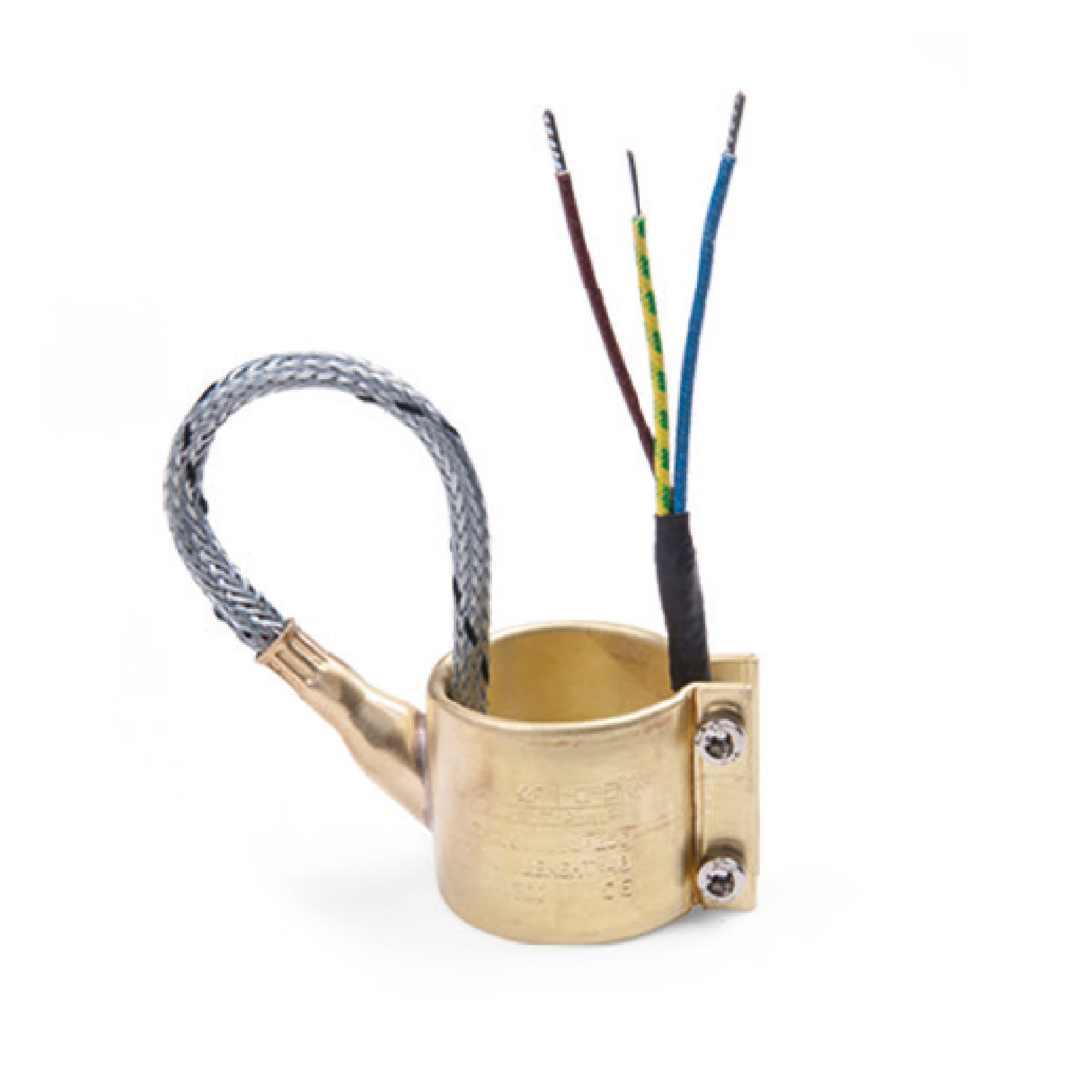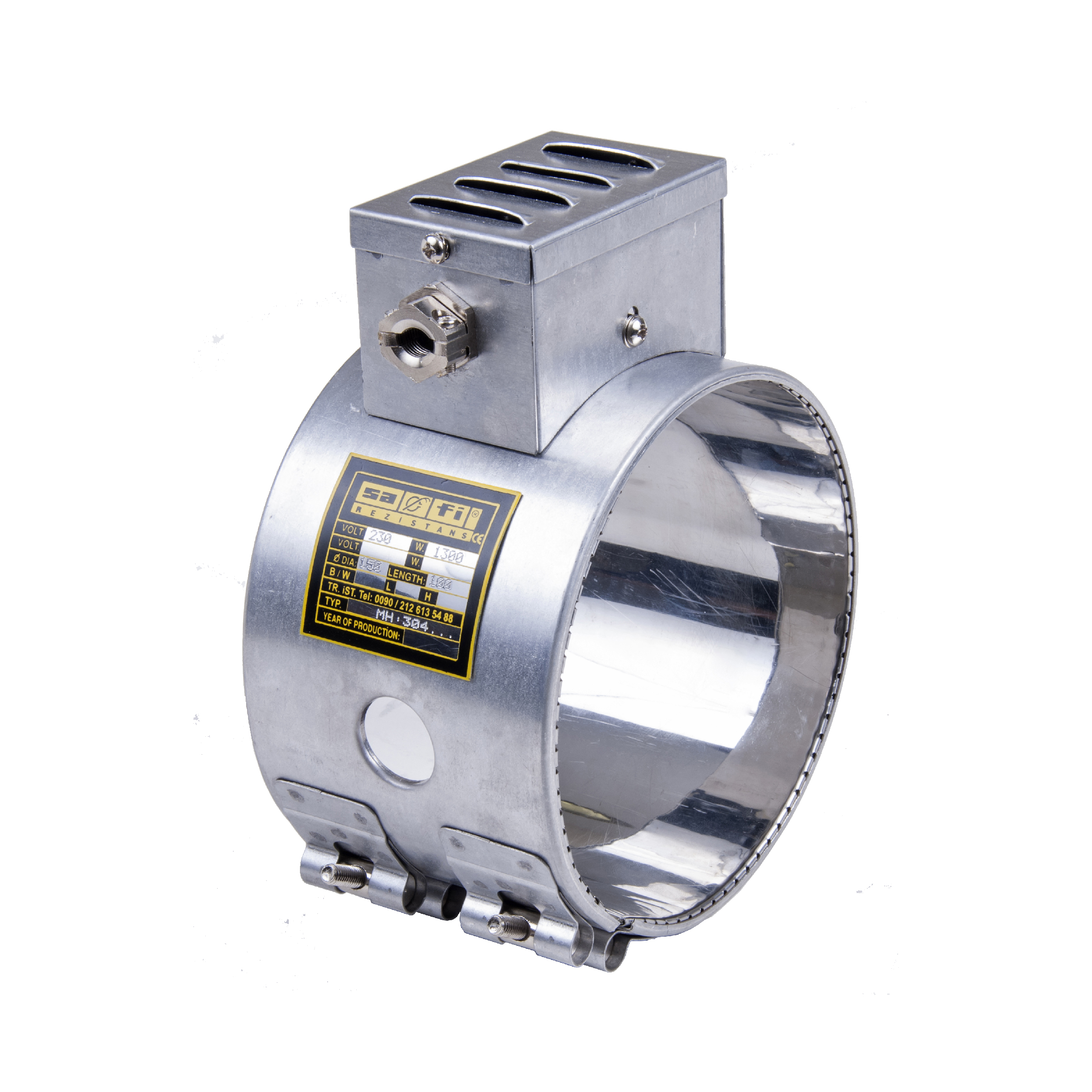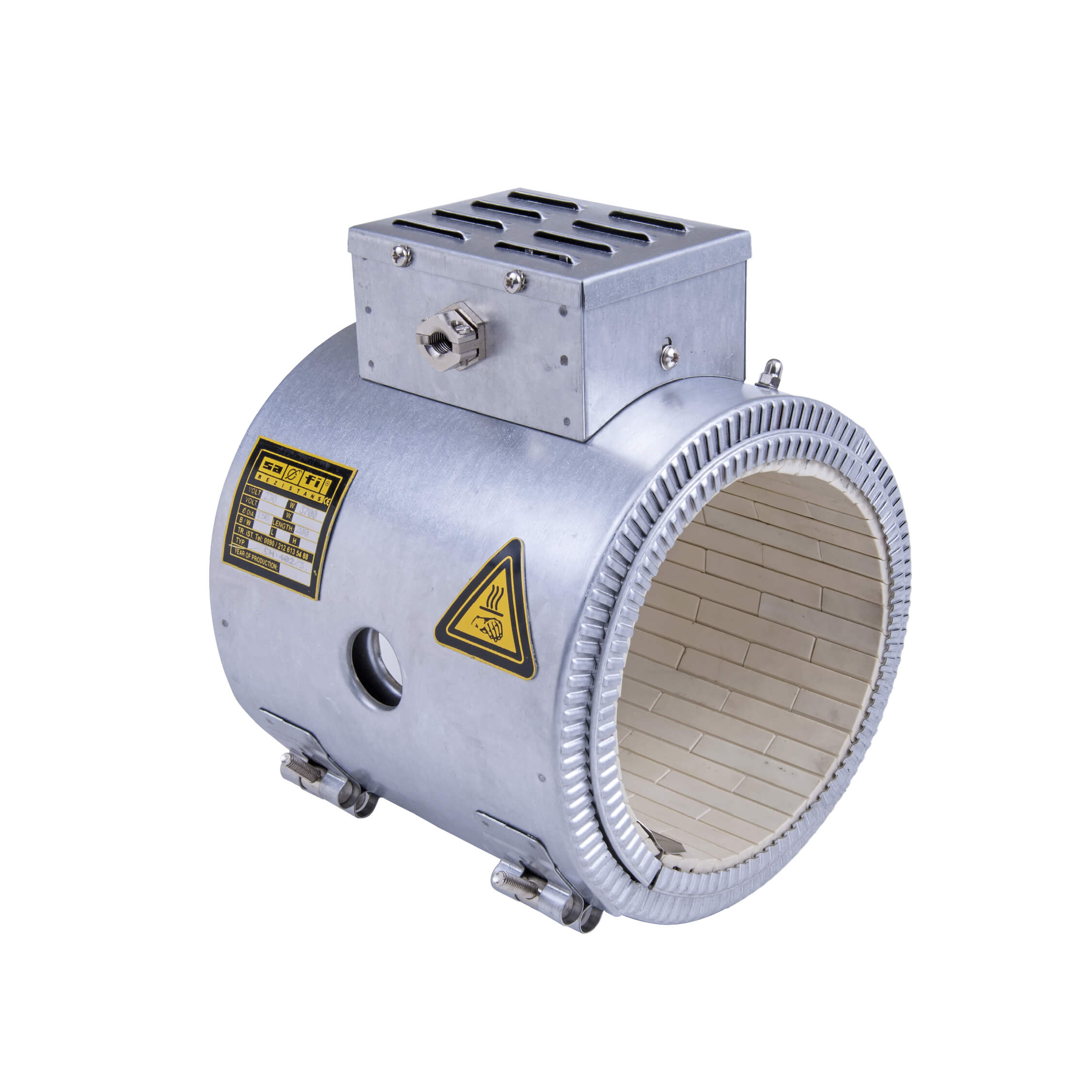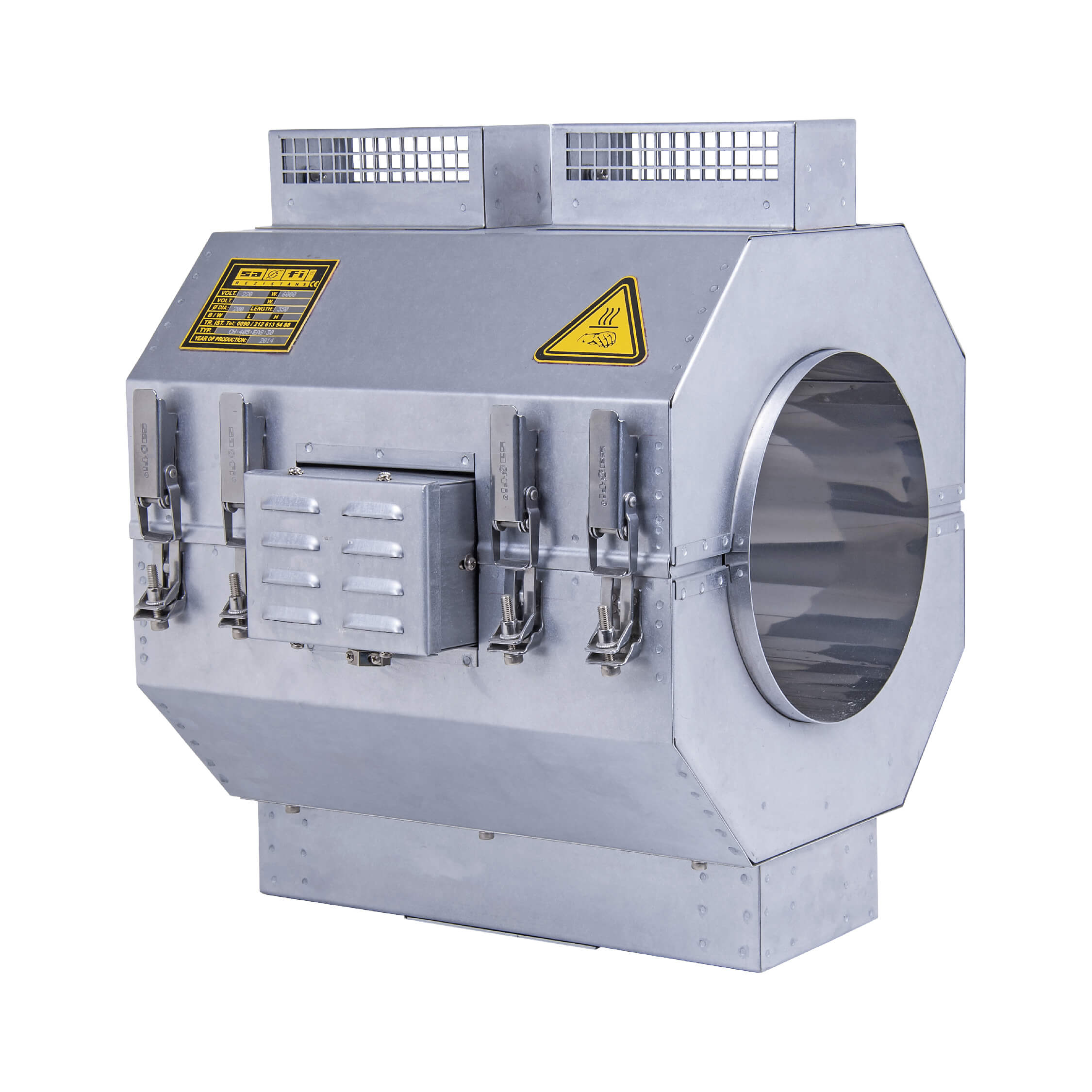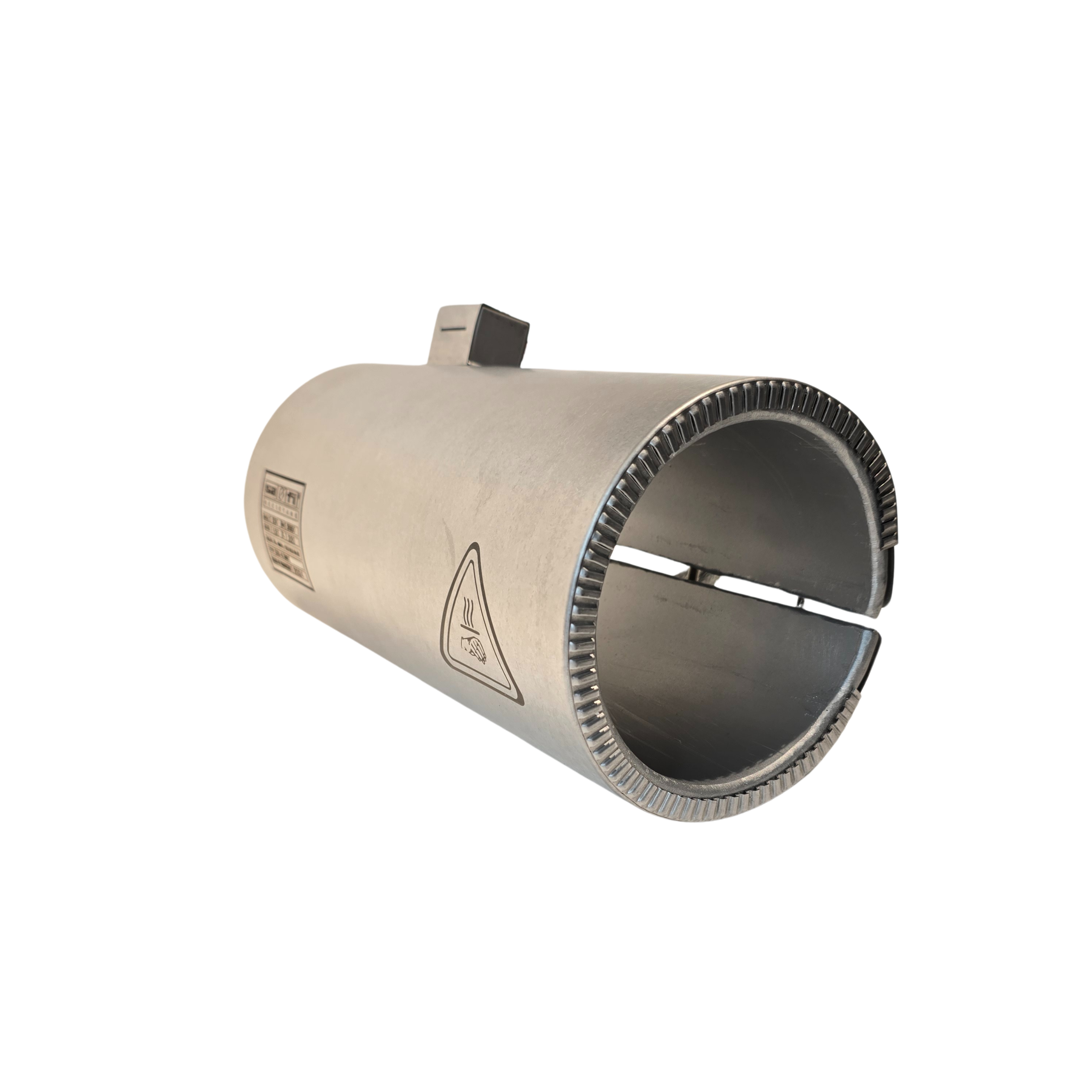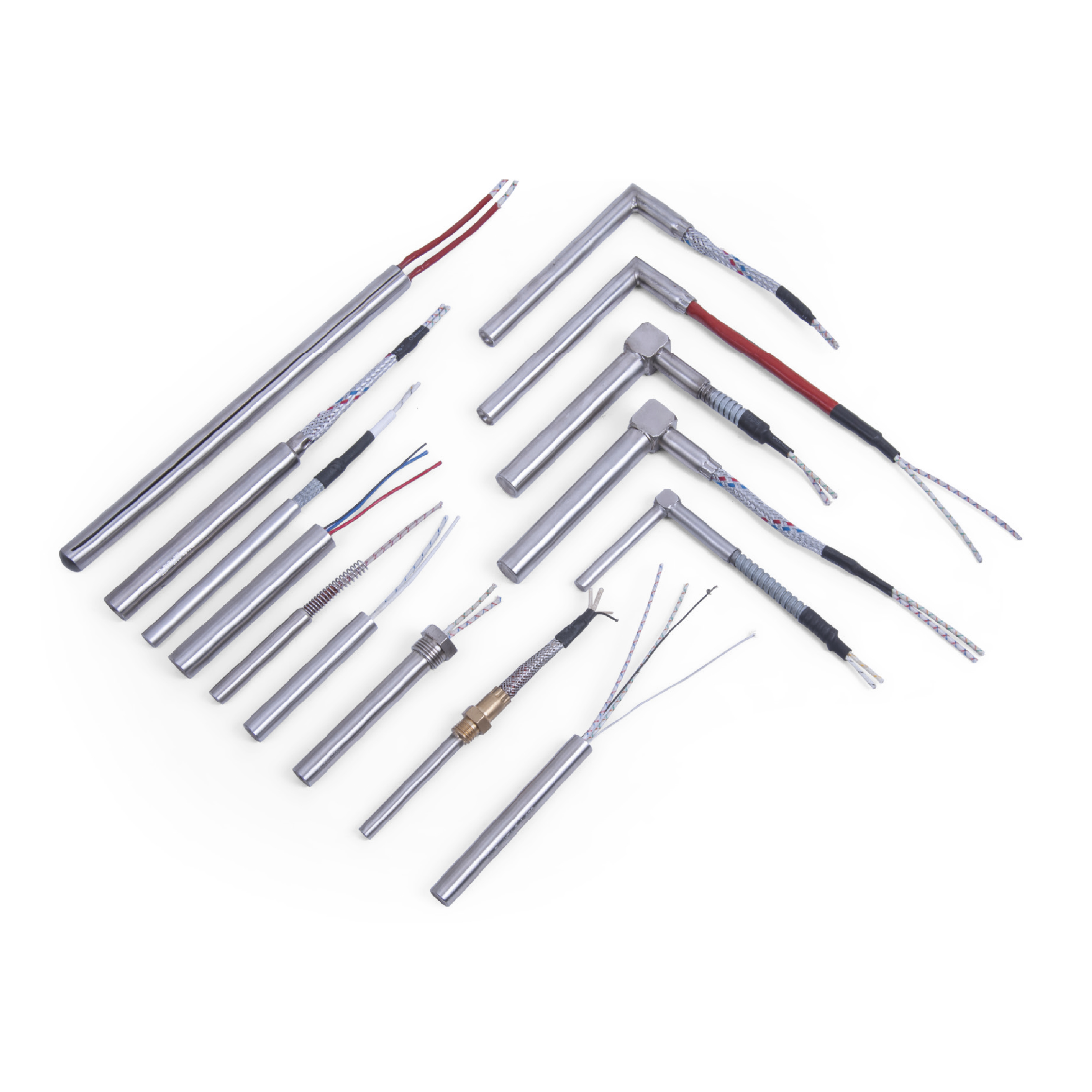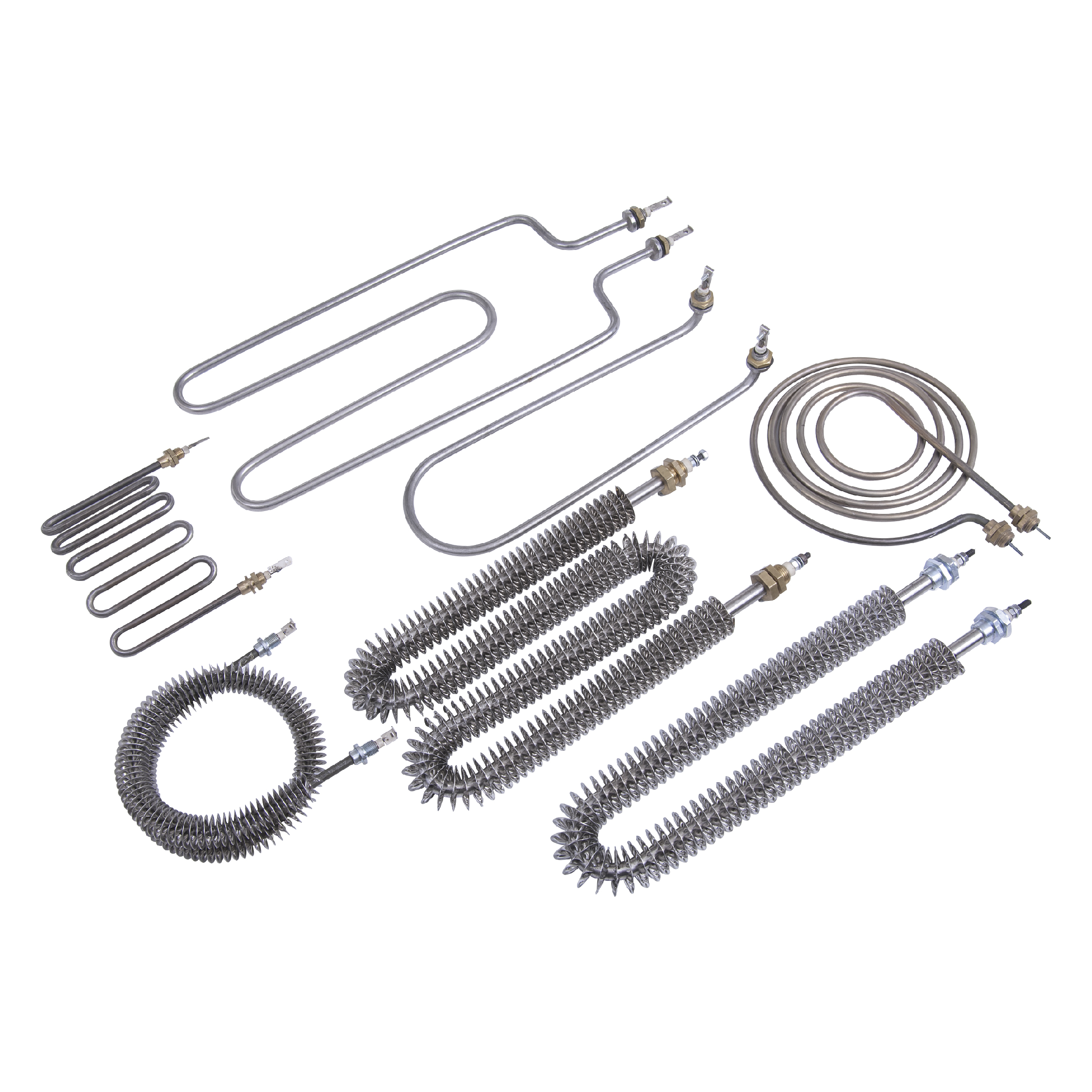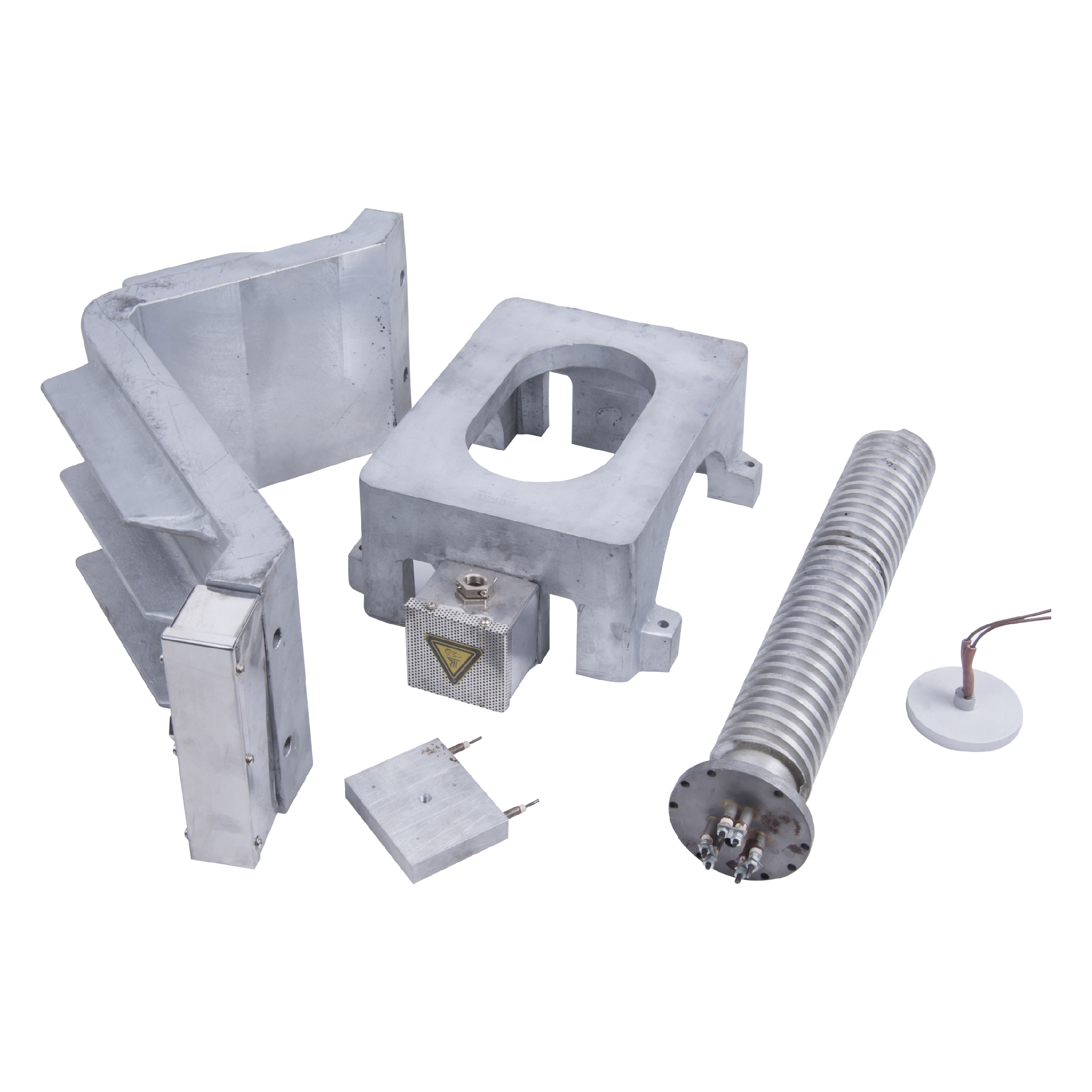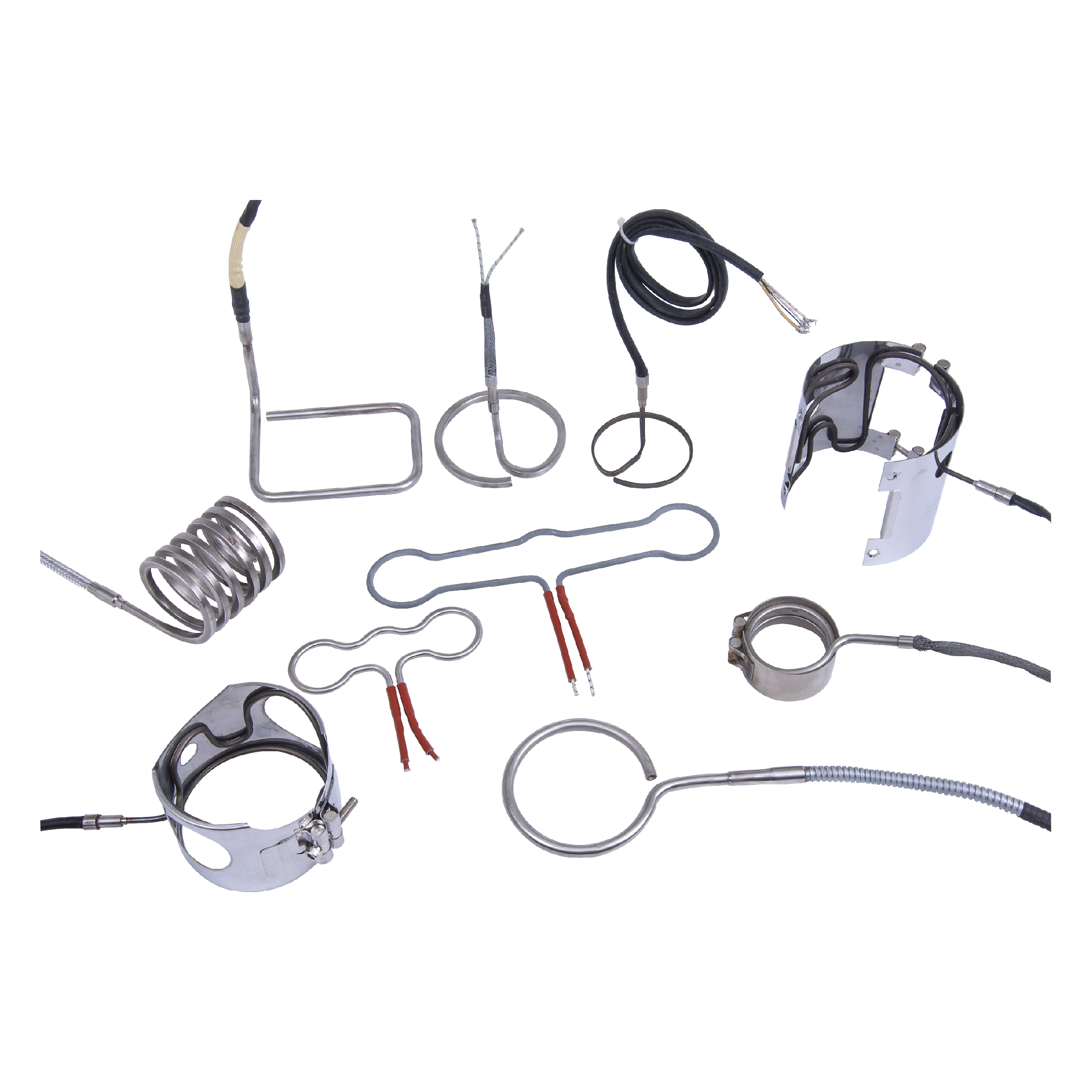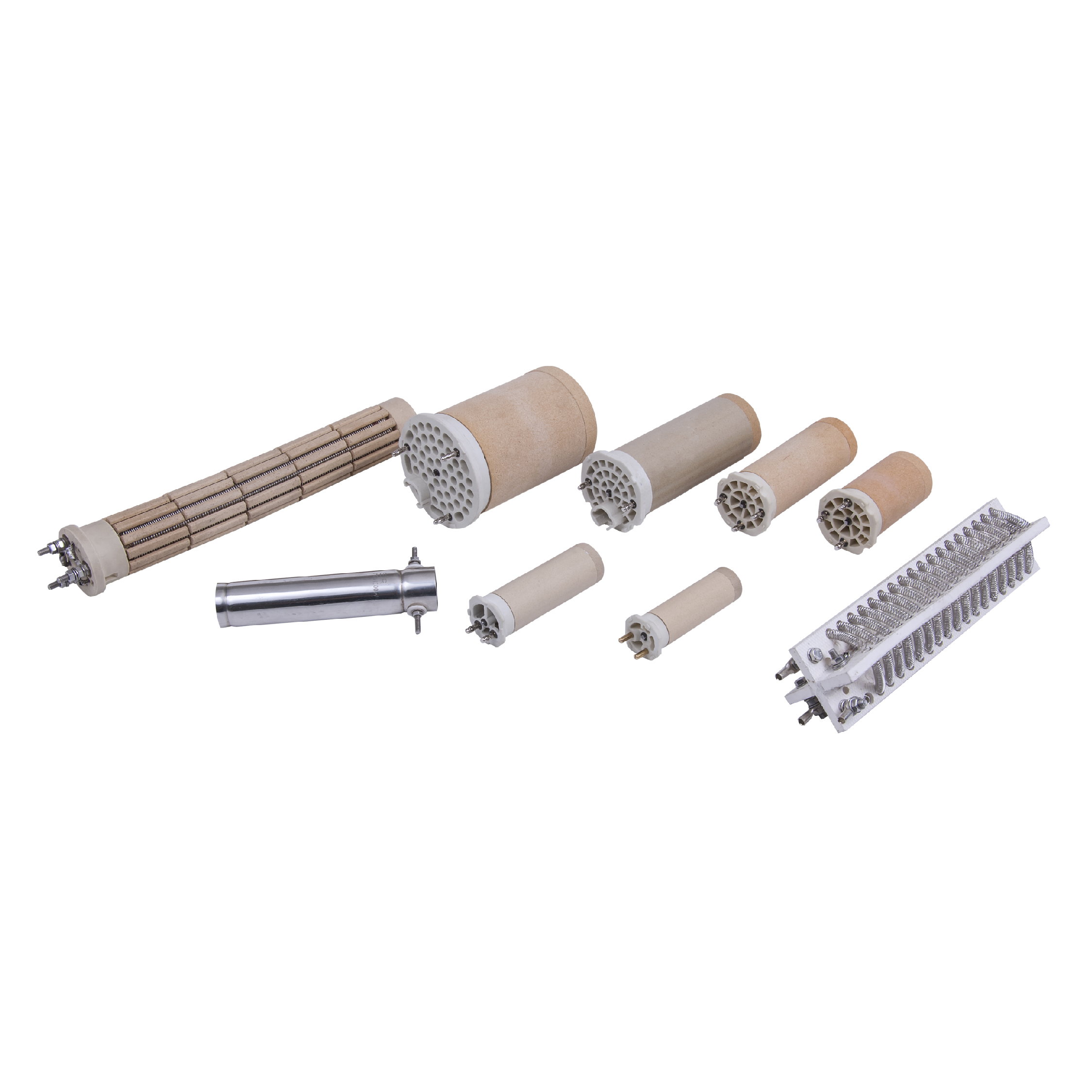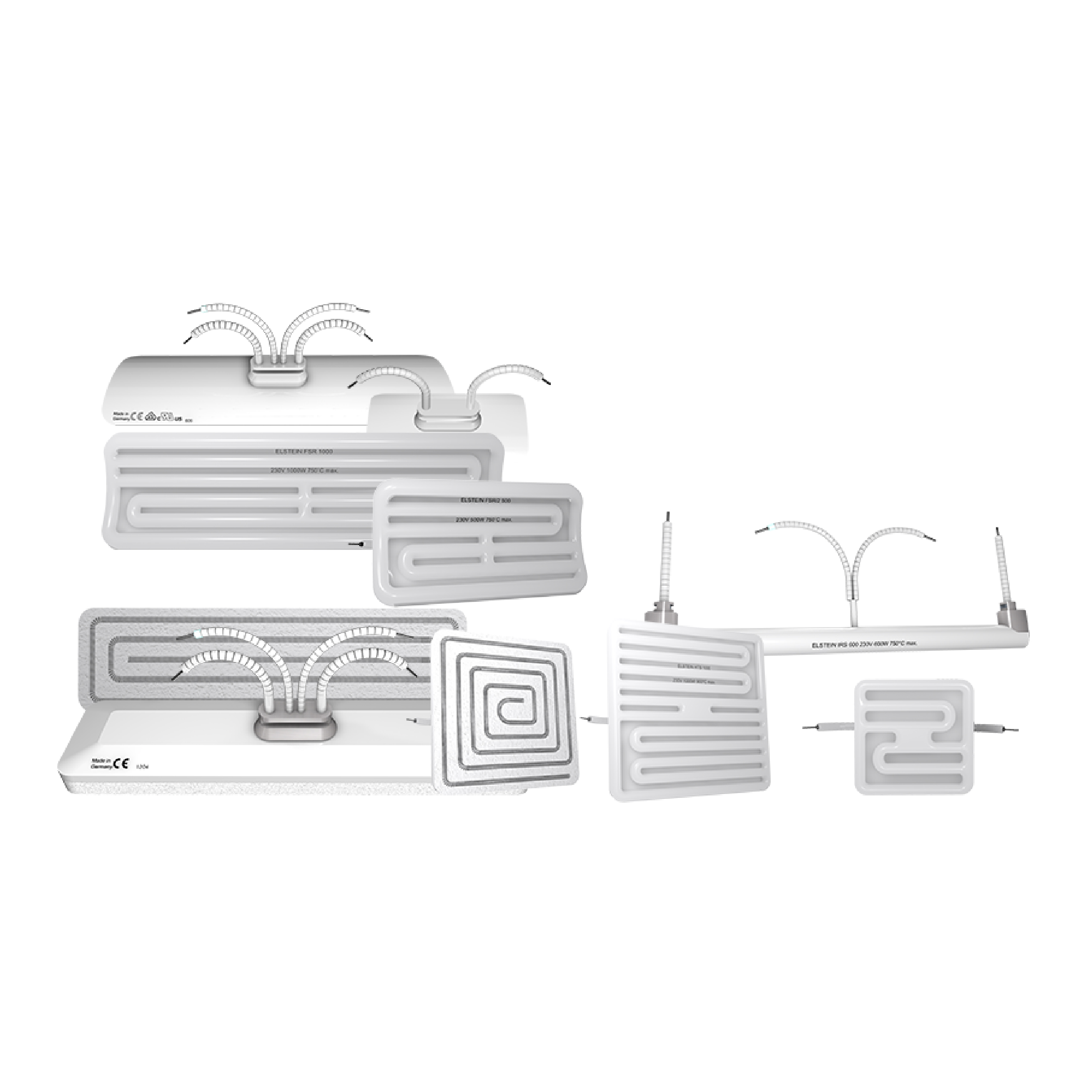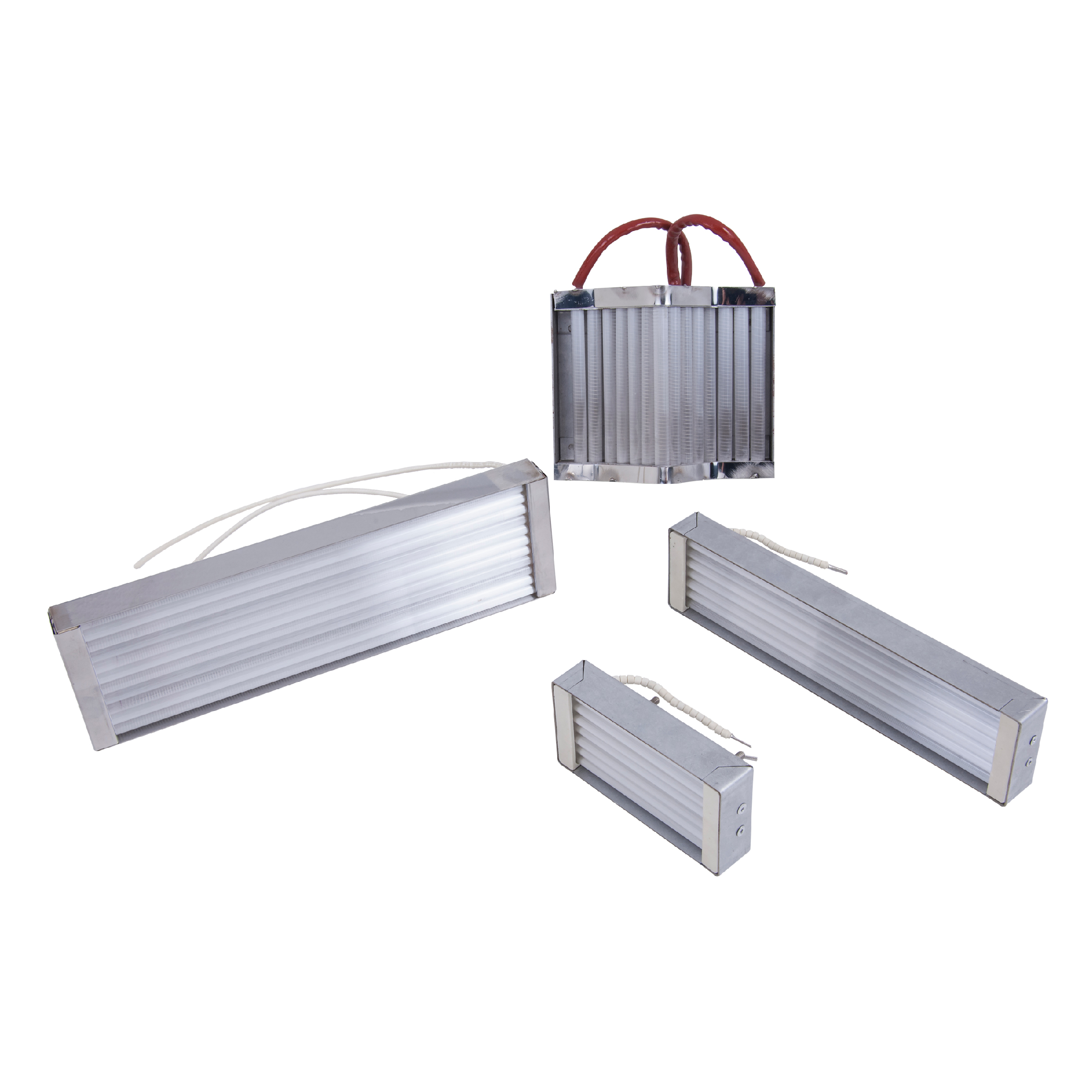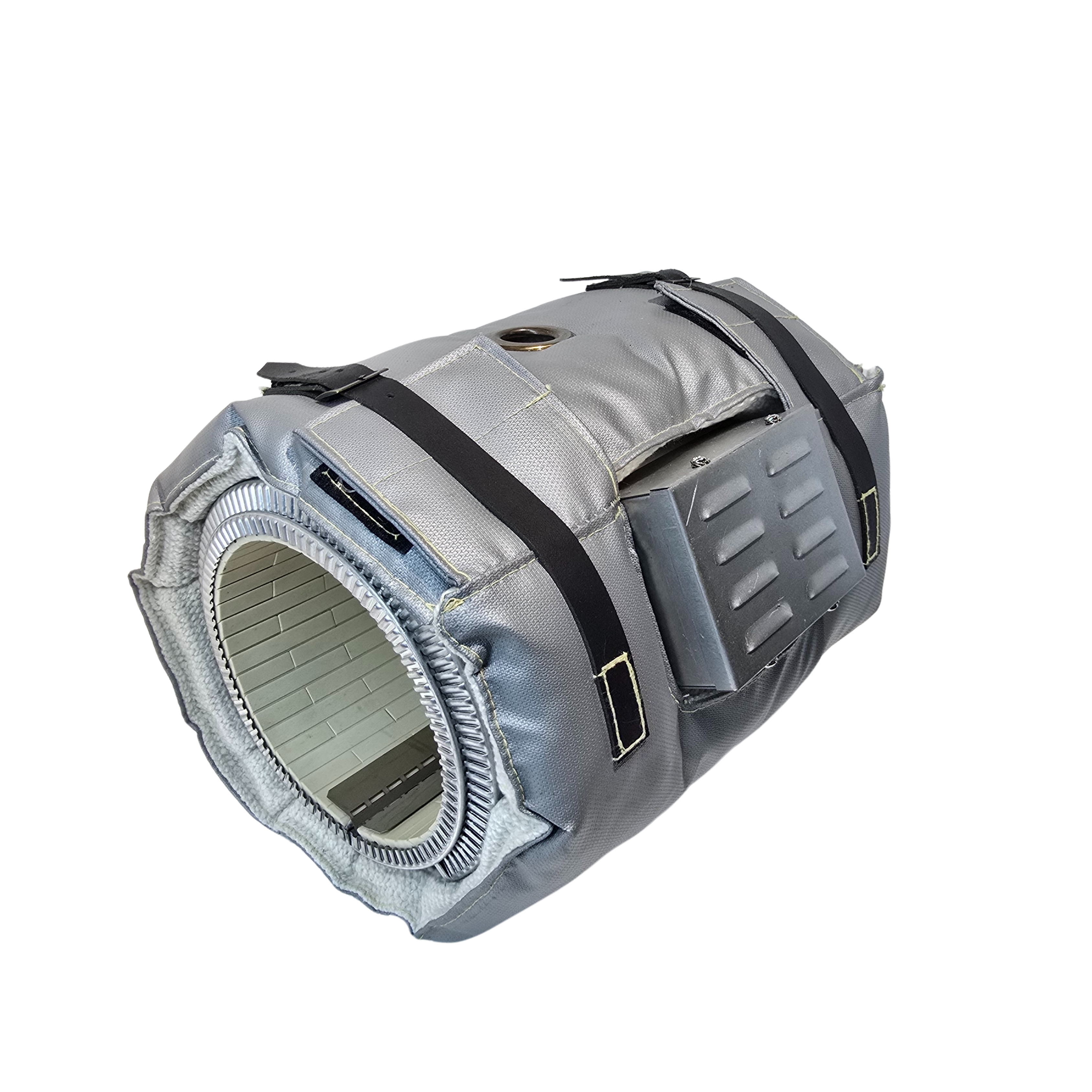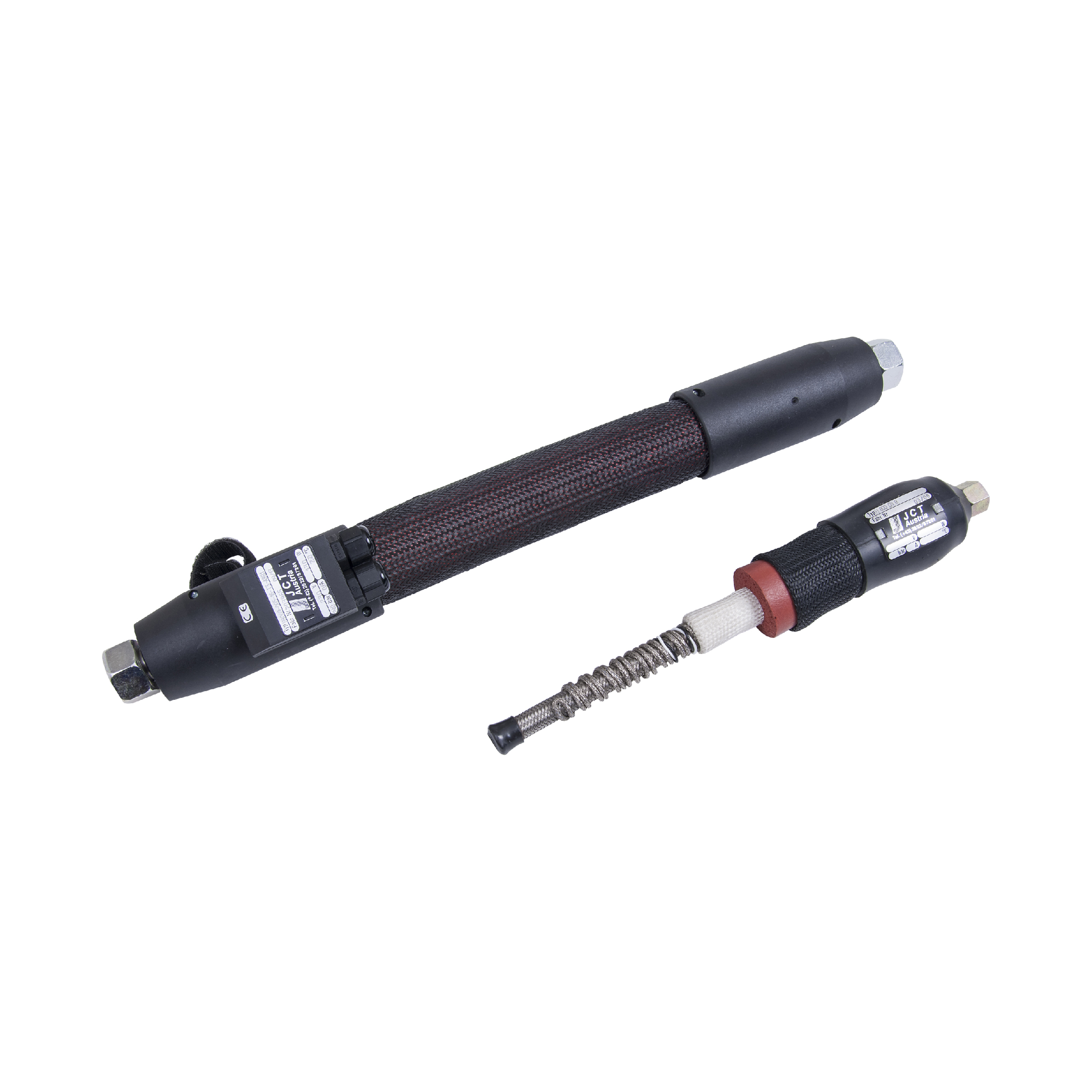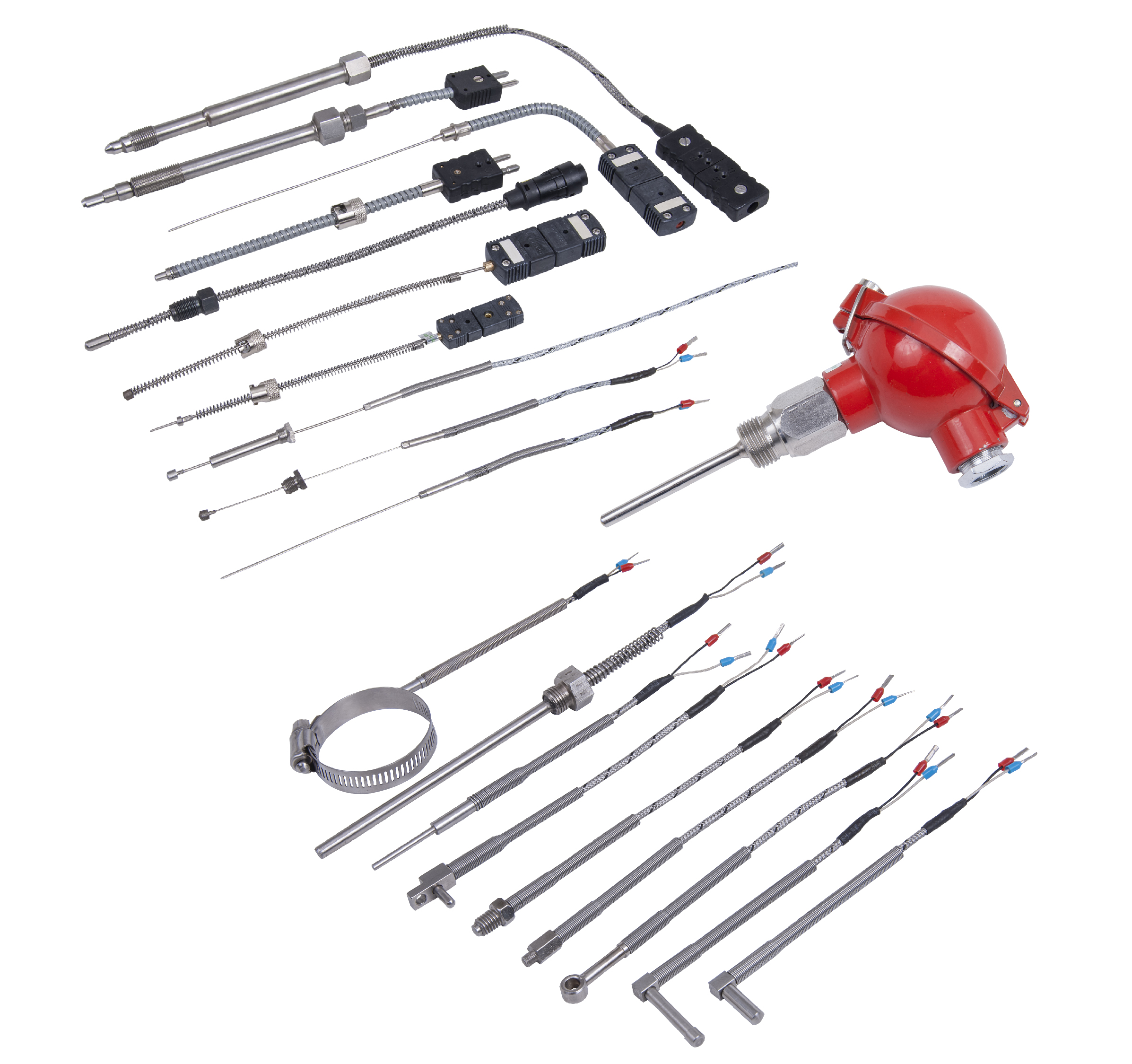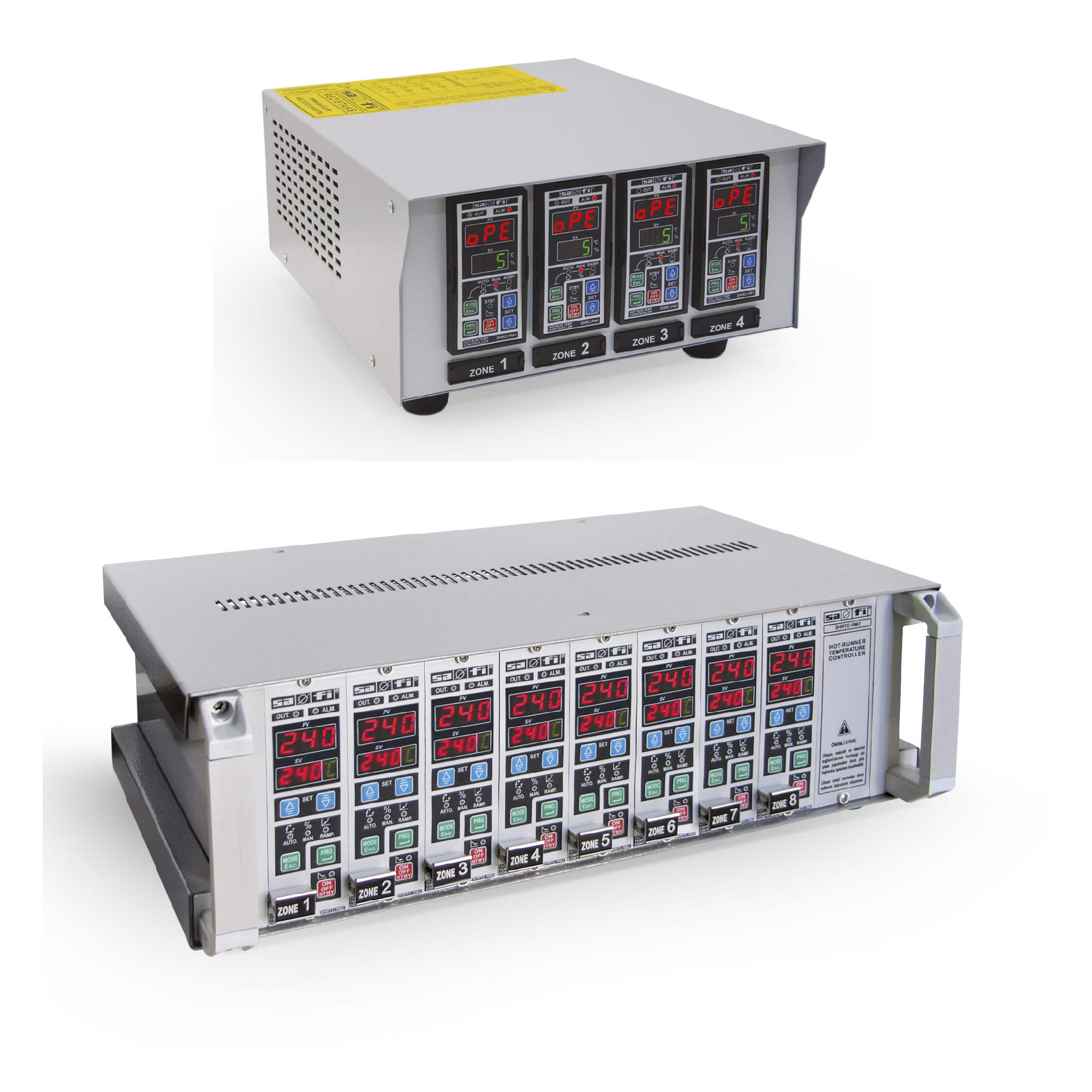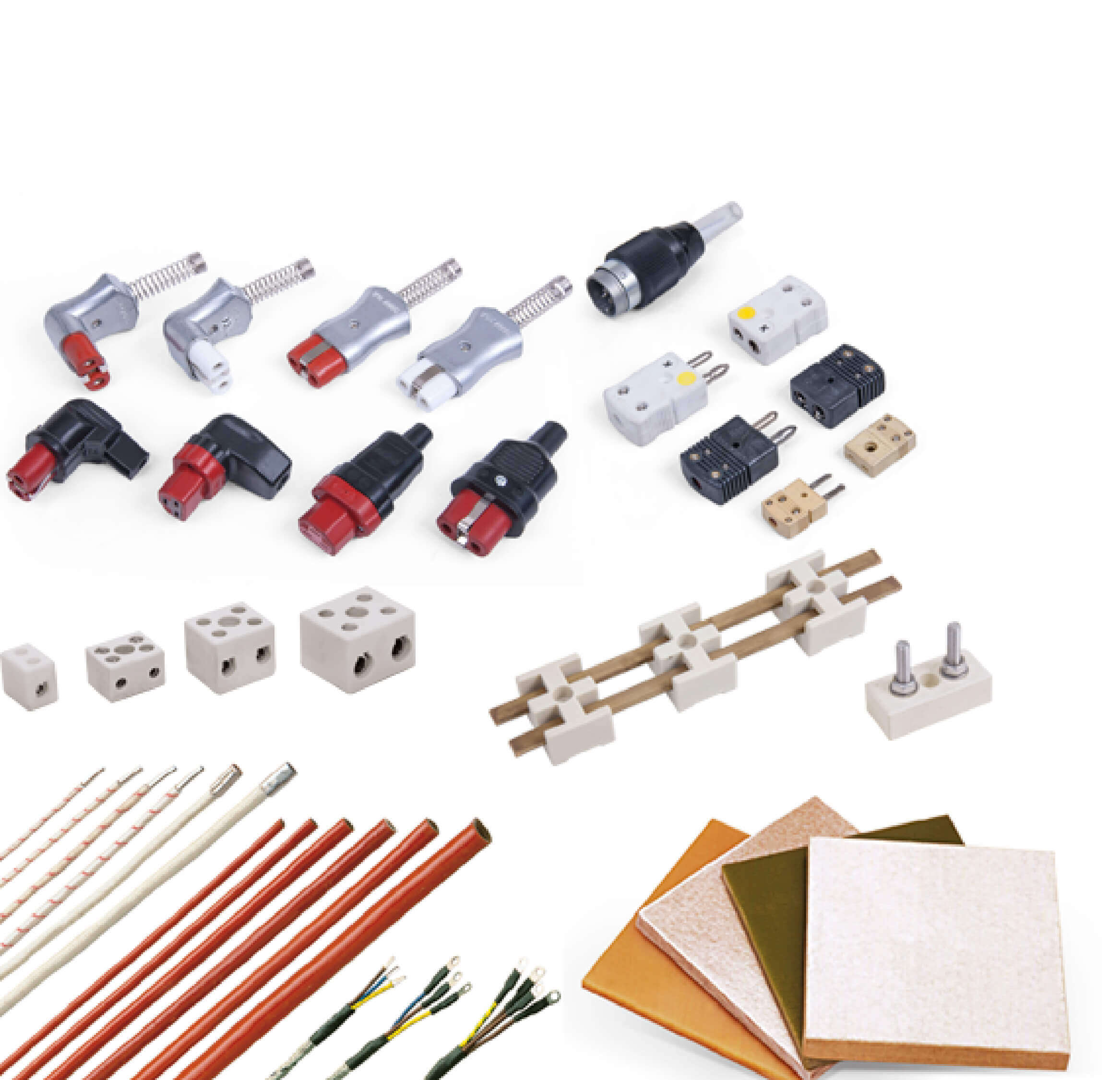Hot Air Heaters: Compatibility with Gun and Fan Systems
In industrial production lines, heat often plays the silent role of a key enabler. Among various heating technologies, hot air heaters are crucial when used with air guns and fan-assisted systems. So, what exactly are these heaters? How do they function in different applications? Let’s explore their mechanics and advantages.
What Is a Hot Air Heater?
Hot air heaters are heating elements that convert electricity into heat and distribute it via forced airflow. Typically integrated with fan systems, these heaters warm the air as it passes through the resistance coil and direct it onto the target area.
They are widely used thanks to benefits like precise temperature control, local heating, and portability.
Common Applications
- Plastic welding systems
- Shrink-wrapping and labeling
- Sealing and packaging machines
- Paint drying tunnels
- Electronic soldering processes
- Automotive component installations
Use in Fan-Based Systems
In fan-assisted setups, the heater operates by rapidly heating high-volume airflow. The resistance element warms the air, which is then delivered to the application area. Efficiency depends on coil design and heat transfer capability.
Advantages:
- Quick heating and cooling cycles
- Uniform heat distribution
- Energy efficiency
- Modular structure for easy integration
Use in Air Gun Systems
Hot air guns are handheld devices that offer targeted heating. The resistance coil reaches high temperatures in seconds, and the nozzle directs the heat with precision. Perfect for field use and controlled surface applications.
Application Examples:
- Shaping plastic pipes and parts
- Applying shrink labels
- Drying adhesives
- Surface drying without an oven
Things to Consider When Choosing a Hot Air Heater
- Power (Watt) and Voltage: Match your system’s requirements.
- Temperature Range: Know your minimum and maximum needs.
- Cable Type: Will it work manually or with fan assistance?
- Mounting Style: Flanged or flange-free?
- Protection Class: Should withstand heat, moisture, and dust.
Why Is Temperature Control Important?
Although hot air heaters can heat quickly, lack of control may lead to overheating or damage to sensitive surfaces. Always operate with thermostats or digital controllers for optimal results.
Tips for Long-Term Industrial Use
- Ensure compatibility with environmental conditions before installation.
- Follow manufacturer guidelines for cables and power setup.
- Schedule routine maintenance and cleaning for performance and durability.
Hot air heaters offer fast, localized, and controlled heating, making them ideal for industrial use. Whether used in air guns or fan-assisted setups, the right selection improves energy efficiency and process timing. For best results, choose heaters tailored to your specific system needs.

